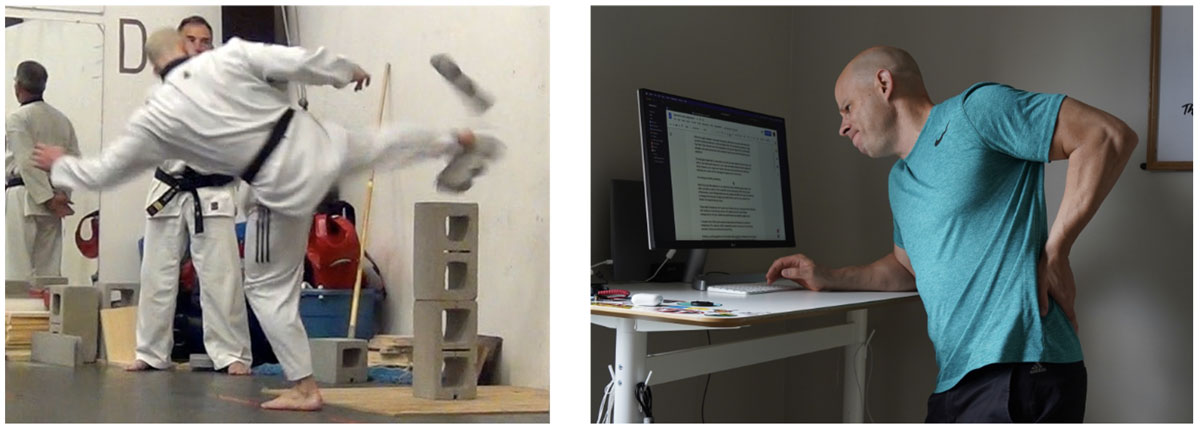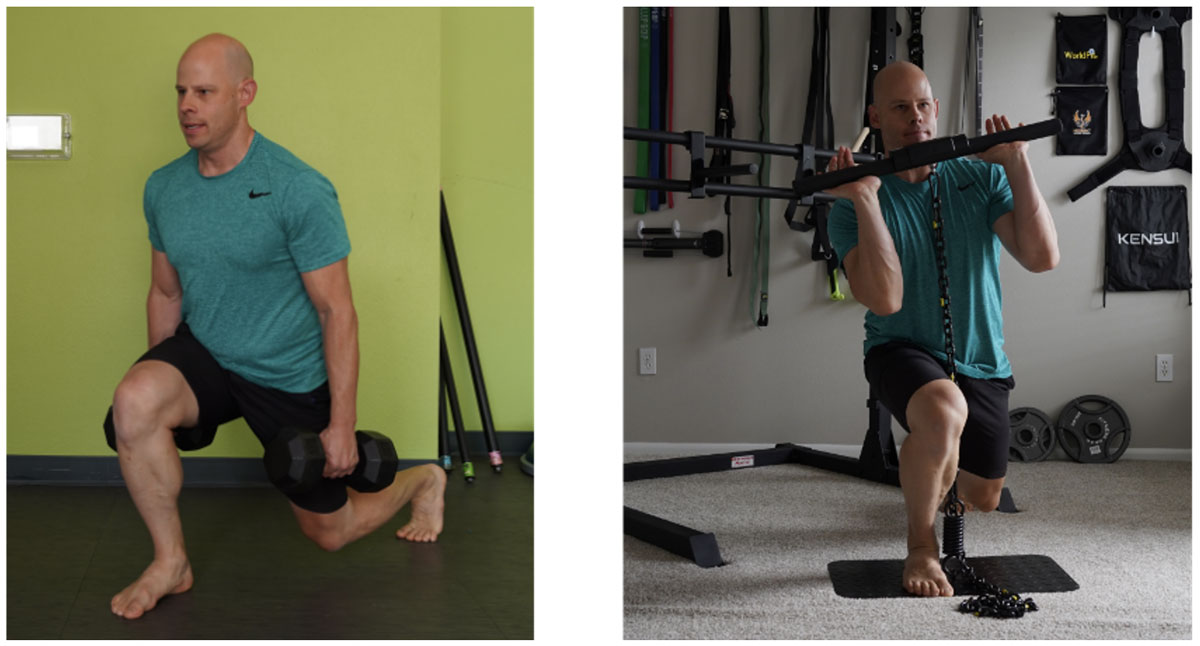Isometrics and Alignment
by Matt Schifferle
Since I was young, my joints have been the limiting factor in my physical training. Naturally, isometric training seemed the perfect way to train hard without too much risk to my joints. So I invested in an
Isochain and started to experience rapid improvements in my strength and performance within a week or two.
While the rapid increase in strength was great, what blew me away was how much isometric training hardened my frail porcelain links into bulletproof junctions. It was then that I then learned about the importance of physical alignment for joint health, strength, and performance and why
isometric training was one of the best ways to achieve it.
Physiological alignment is essentially how well you can transfer force through your body. If you have good alignment, your body can easily withstand high degrees of force. However, poor alignment means that even daily activities like walking or standing can create chronic damage throughout your whole body.

Alignment can make the difference between being strong enough to kick through concrete or being unable to work at a desk due to pain.
Most of us pay little attention to our alignment until something goes wrong, like when we twist an ankle or find ourselves at the chiropractor with chronic pain. Unfortunately, most misalignments are very subtle and difficult to spot. Sometimes, a misalignment may be so slight you hardly feel it, and it’s only present for a fraction of a second as you move.
These slight imbalances don’t pose much threat until you compound their influence with resistance and training volume. All it takes is time for that hidden misalignment to kill your health and performance via death by paper cuts.
I’ve spent a lot of time and money hunting down and fixing my numerous imbalances. It’s a shame I didn’t understand earlier the power of overcoming
isometric training to achieve the same thing.
Pushing or pulling against an immovable object increases the force going through the body, but you’re not moving, so even the slightest misalignments are greatly amplified.

Alignment issues can be difficult to spot with dynamic exercises, like lunges, but isometrics makes them quite apparent.
Amplifying your misalignments not only makes you aware of the hidden risks to your health but also helps you fix them. When I started
isometric training, I was tipping and wobbling all over the place. I didn’t know what muscles were weak or inactive, but it didn’t matter. The simple act of trying to correct my form forced me to engage and strengthen muscles I didn’t even know I needed to address.
Of course, the relief to my middle-aged joints wasn’t the only benefit of improving my alignment. My strength and performance in everything from cycling and martial arts to just climbing a flight of stairs showed obvious improvement within a few weeks.
The easiest way to start is first to use basic bilateral isometrics while applying about 75% of your total force into the bar. I recommend watching yourself in a mirror to assess your technique better, even though you won’t be moving.
Once you feel comfortable and stable with the exercise, apply progressively more force to see if you notice anything. Look beyond the position of your body and limbs; take note of how your muscles feel and contract. Ideally, everything should feel balanced between your right and left sides, upper and lower bodies, and anterior and posterior chains.
As you feel more balanced, you can further progress your training by including unilateral exercises in your program, like lunges and single-leg deadlifts. I don’t recommend using overcoming isometrics with unstable surfaces, like Airex Pads or balance disks. Using such devices may compromise how much force you place upon your body.
Above all, ease into any new exercises you haven’t practiced before. Sometimes, a misalignment can seriously compromise your ability to safely and effectively execute a technique, so don’t force yourself to put 100% effort into an exercise that feels strange. Remember, the goal here is to feel stable and in control while doing isometric training rather than making it a struggle.
In strength and health,
Matt Schifferle
Back